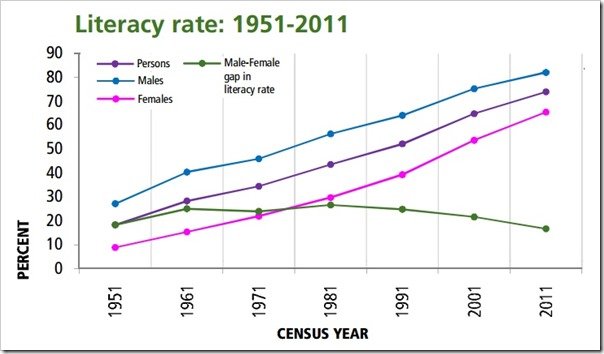
You might like reading:

India’s Education system-What ails us?
“Live as if you were to die tomorrow, Learn as if you were to live forever”- Mahatma Gandhi Knowledge is power and education helps us to gain that power. I believe education occurs through any event or experience that has a positive influence on our thinking or action. There is no formal beginning of the event when an individual starts […]
The keys to a successful startup !
A successful follow up strategy for the startup companies could be an amalgam of integrated management, marketing, finance/accounting, production/operations, research and development coupled with tech information systems ensuring long term organizational success and achieving competitive advantage. For a successful startup, strategy should be designed and fabricated in a way so that it efficiently exploits and create novel and different opportunities […]

































Thanks for insightful article! Most of the B school students take government bond rate as risk free rate while doing valuation of company. As you discussed about credit spread, where should one find it? As it depend on economic ,social, political factors, it will keep changing accordingly. So,how one should keep track of credit spread?